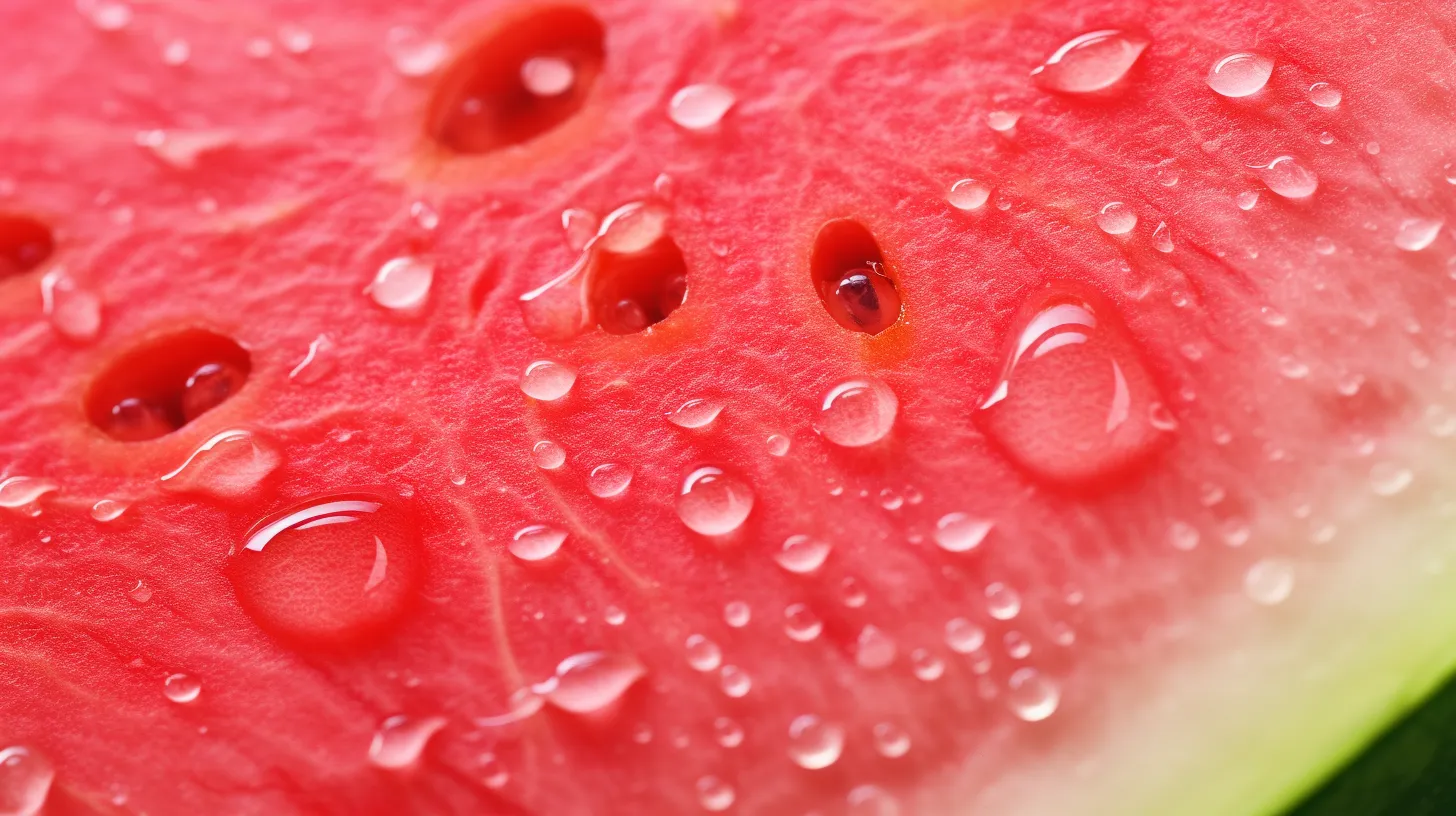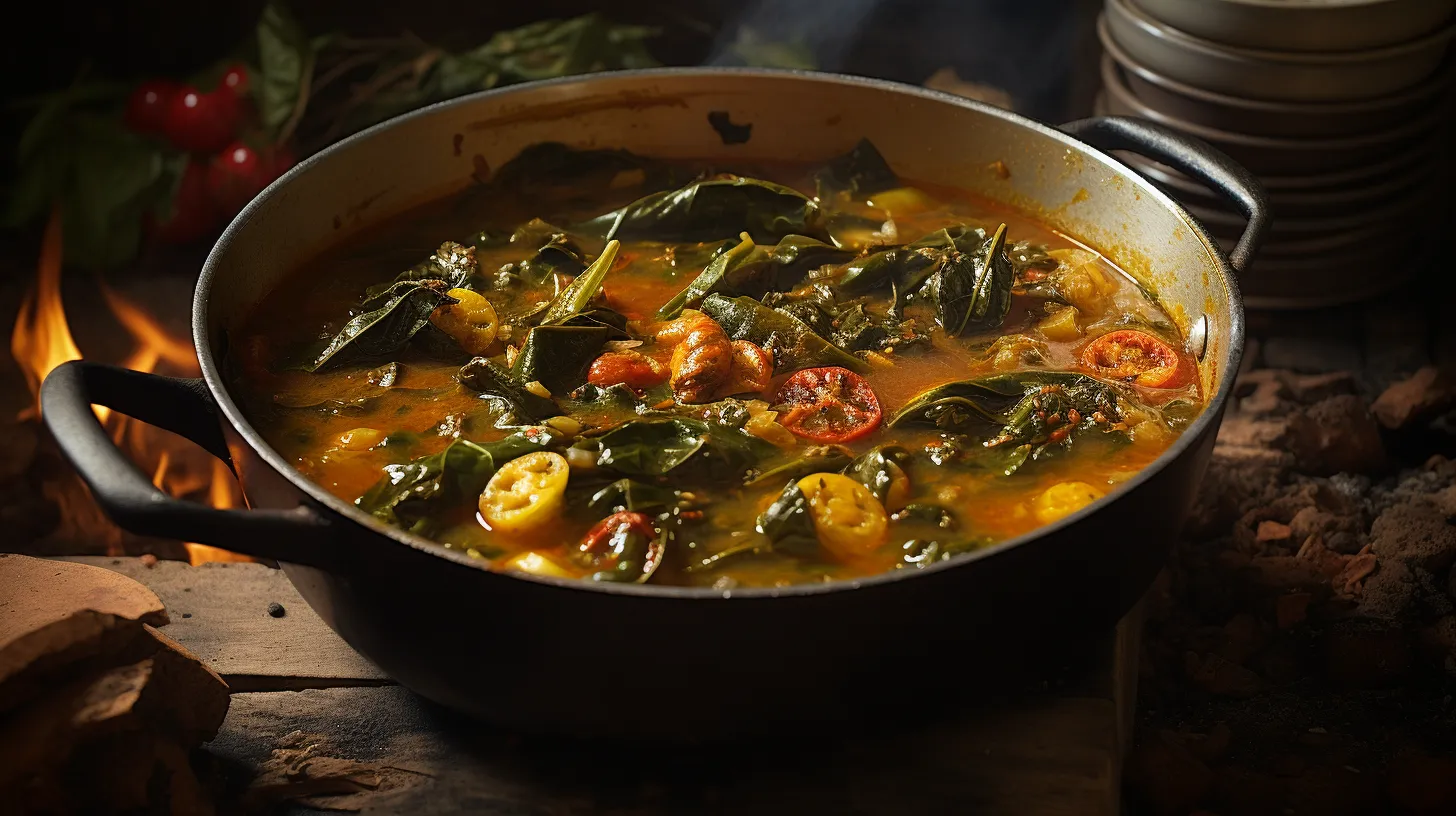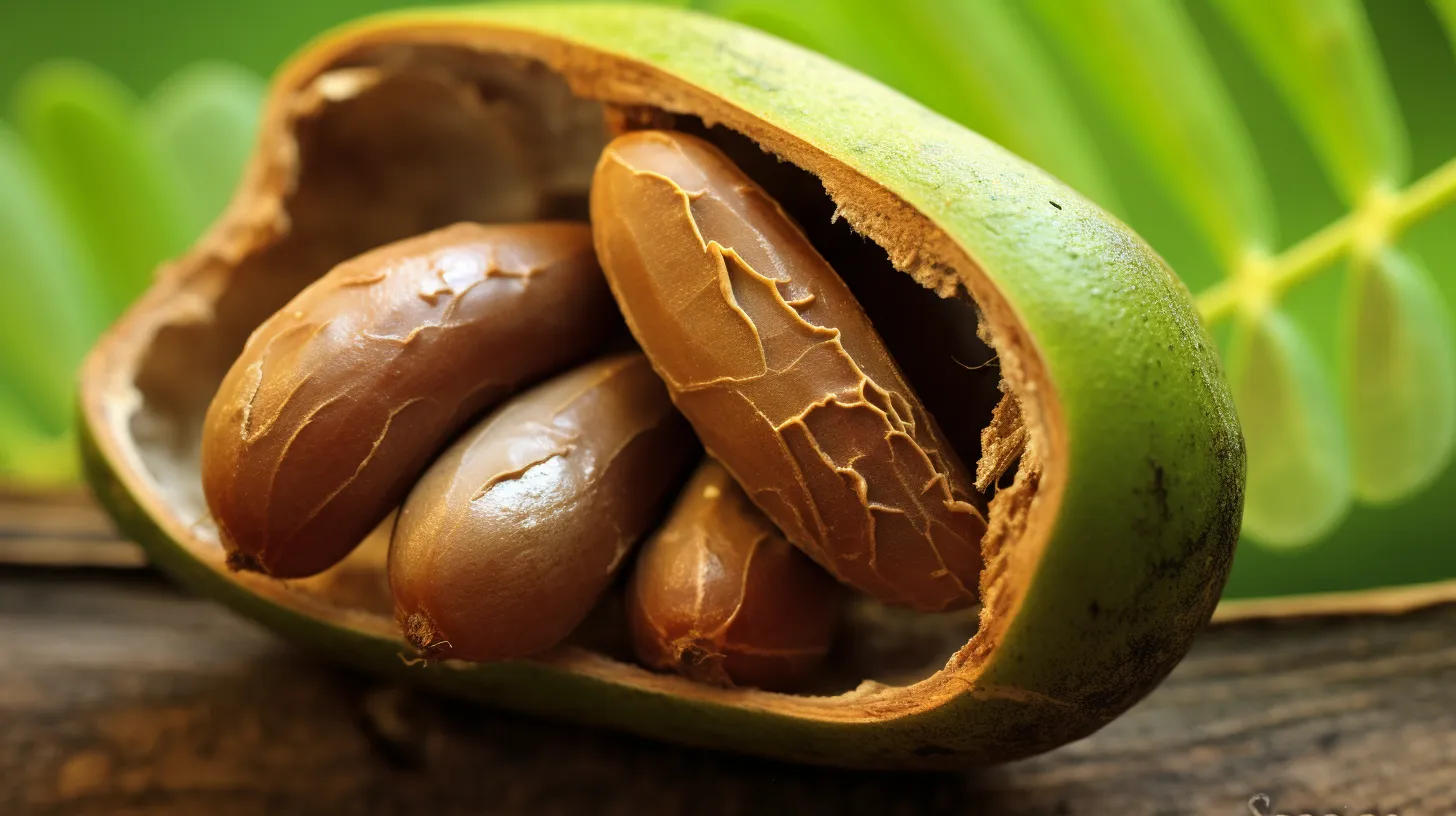Experience the vibrant and diverse flavors of Haiti’s summer cuisine with these 7 tantalizing options.
From the sweet and juicy kenèp to the rich and flavorful kalalou stew, each ingredient embodies the rich culinary heritage of Haiti.
The assortment of mango varieties and the refreshing watermelon further add to the sensory experience, while traditional vegetables like militon and kowosòl juice offer a unique depth to the palate.
The tangy tamarind flavor and the fragrant soursop invite you to savor the bountiful and authentic flavors of the season.
This article is a guide to exploring the essence of Haitian cuisine, offering a truly immersive journey through Haiti’s summer offerings.
Kenèp (Guinep)

The Kenèp, also known as Guinep, is a sweet and juicy fruit that is abundantly available in Haiti during the summer months. This tropical fruit is often found in bunches on tall trees and has a thin shell that needs to be cracked open to access the succulent flesh.
Kenèp is a must-try for visitors to Haiti, offering a unique and refreshing flavor. Beyond its delicious taste, Kenèp also offers various health benefits, being a good source of fiber, vitamin C, and antioxidants.
In Haitian cuisine, Kenèp is used in a variety of recipes, from refreshing fruit salads to flavorful sauces and condiments. Its versatility makes it a staple ingredient in many traditional dishes.
Whether enjoyed on its own or incorporated into culinary creations, Kenèp is a delightful and nutritious addition to Haitian summer cuisine.
Mango Varieties

With at least 12 different varieties available, mangoes in Haiti offer a diverse range of shapes, sizes, and flavors, making them a highlight of the country’s summer produce.
Mango Baptiste, Mango Francique, and Mango Kòn are recommended for newcomers to explore the unique flavors.
Each department in Haiti produces its own kind of mango, resulting in a rich variety.
These mangoes are not only enjoyed fresh but are also used in unique mango recipes, such as mango chutney and mango salsa, adding a burst of tropical flavor to dishes.
Furthermore, Haiti hosts vibrant mango festivals, celebrating the fruit’s significance to the local culture and cuisine.
These events showcase the various mango varieties through tastings, competitions, and educational sessions, offering visitors an immersive experience of Haiti’s love for mangoes.
Refreshing Watermelon

During the hot summer months in Haiti, watermelon becomes a refreshing staple for locals and visitors alike. The abundance of watermelon not only offers a sweet and hydrating treat but also serves as a versatile ingredient for creating delightful watermelon mocktails.
From simple blends with mint and lime to more complex concoctions incorporating local spirits, these mocktails capture the essence of Haitian summers.
Furthermore, watermelon carving ideas add a creative touch to gatherings, with intricate designs and sculptures showcasing the fruit’s vibrant hues.
Whether enjoyed as a juicy snack, a thirst-quenching beverage, or a visually appealing centerpiece, the versatility of watermelon enhances the summer experience in Haiti, providing a cool respite from the tropical heat.
Kalalou Stew

A staple in Haitian cuisine, kalalou stew showcases the unique flavors of the Caribbean with its combination of okra and beef. Kalalou, also known as okra, is a versatile vegetable rich in fiber and nutrients, making it a healthy addition to any diet.
Here are the health benefits of kalalou stew:
Rich in Fiber: Okra is a great source of dietary fiber, aiding in digestion and promoting gut health.
Vitamins and Antioxidants: It is packed with essential vitamins like A, C, and K, along with antioxidants that support overall well-being.
Heart Health: The stew’s beef component provides protein while okra contributes to heart health, helping to maintain cholesterol levels.
Vegetarian Options: For vegetarian dishes, kalalou can be incorporated into stews, soups, or stir-fries for a nutritious and delicious meal.
Kalalou stew not only tantalizes the taste buds but also offers numerous health benefits, making it a must-try for both flavor enthusiasts and health-conscious individuals.
Militon Delicacy

Militon Delicacy showcases the culinary diversity of Haitian cuisine with its distinctive flavors and versatile uses. Commonly known as chayote, militon is a starchy vegetable with a soft texture and complex flavor when cooked. It is a staple in Haitian summer cuisine, often eaten as part of a meat stew or baked with cheese and béchamel sauce.
Militon is a great introduction to Haitian cuisine and prepares you for more adventurous dishes. Unique recipes such as gratinée, where militon is prepared with the right spices and cheese, offer a flavorful experience.
Additionally, militon offers health benefits, being rich in essential nutrients like folate, zinc, and vitamin C. Its adaptability and nutritional value make militon a must-try for those seeking a taste of authentic Haitian flavors and a nutritious addition to their diet.
Kowosòl Juice

Kowosòl juice is a popular and refreshing summer beverage in Haiti, known for its fragrant white flesh and tropical flavor.
To make kowosòl juice at home, follow these steps:
1. Choose ripe kowosòl with soft spikes and a slight give when pressed.
2. Cut the fruit into halves and remove the seeds and fibrous pulp.
3. Scoop out the flesh and blend it with water or milk until smooth.
4. Sweeten the juice to taste with sugar or condensed milk.
Kowosòl juice not only offers a delightful tropical taste but also provides health benefits. It is rich in vitamin C, antioxidants, and anti-inflammatory properties, which may support immune function and promote overall well-being.
Enjoying a glass of homemade kowosòl juice is not only a delicious treat but also a nutritious choice for a refreshing summer beverage.
Tangy Tamarind Flavor

Tangy tamarind flavor is a distinctive element of Haitian cuisine, adding a unique and tangy note to various dishes and beverages.
Tamarind, rich in antioxidants, is believed to have various health benefits and is most commonly consumed as a juice in Haiti.
The fruit is also used to create delicious tamarind-based desserts and refreshing tamarind-infused cocktails, adding a zesty twist to traditional Haitian summer treats.
Its tangy and divisive flavor has loyal fans in Haiti, who appreciate its bold and refreshing taste.
Whether enjoyed in a refreshing beverage or as an ingredient in savory dishes, tamarind is a quintessential flavor that embodies the spirit of Haitian summer cuisine, offering a perfect balance of tartness and sweetness for those seeking a unique culinary experience.



